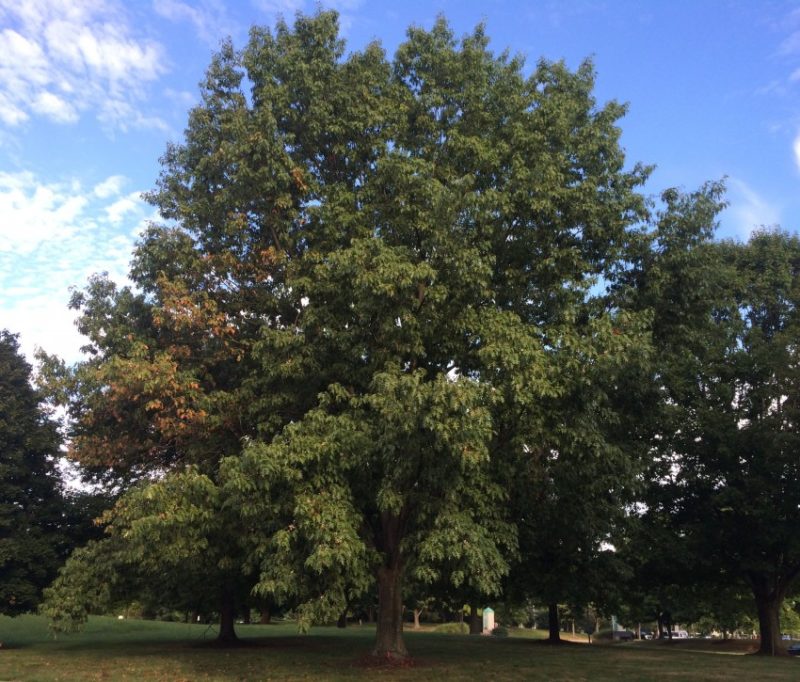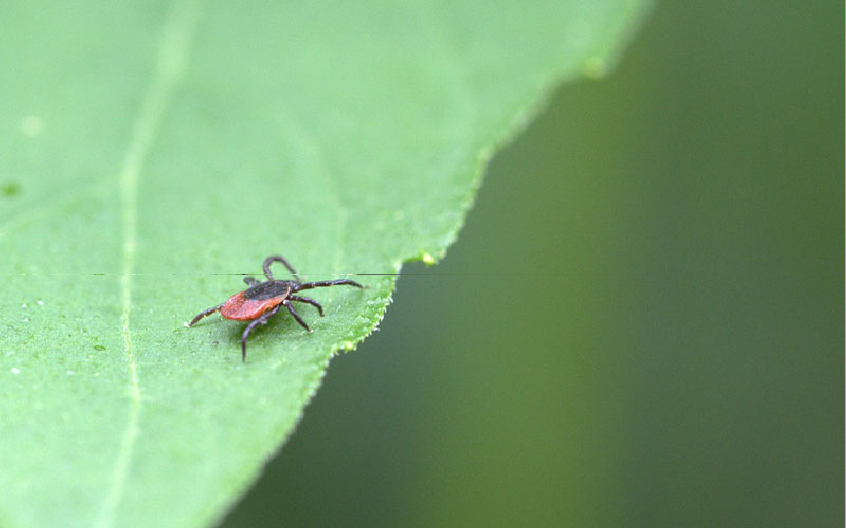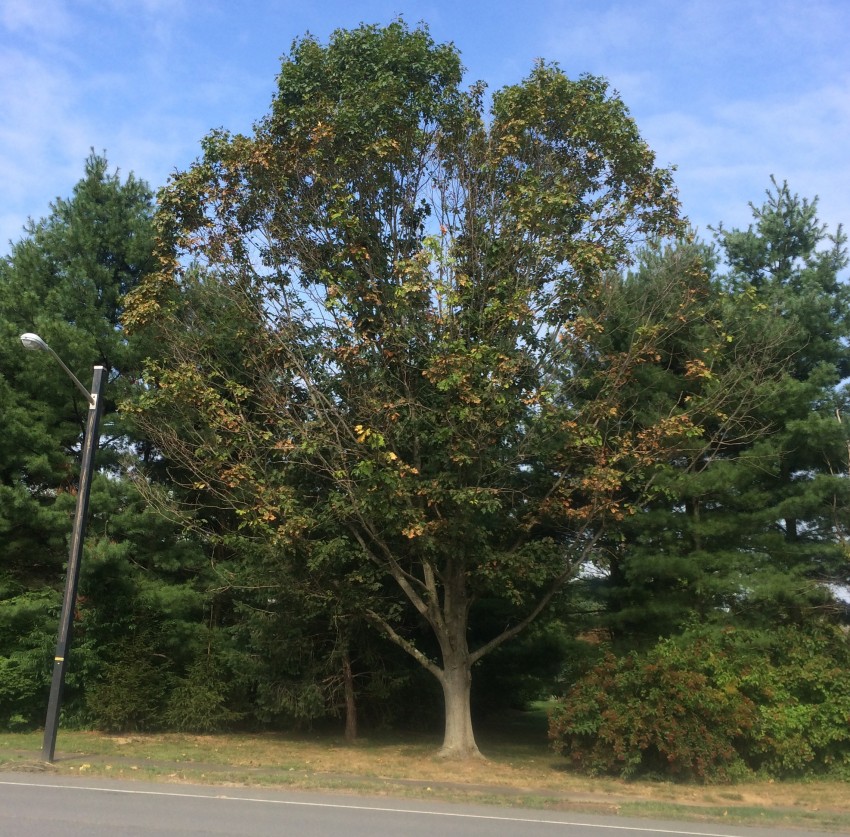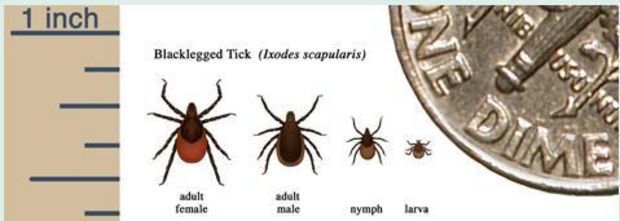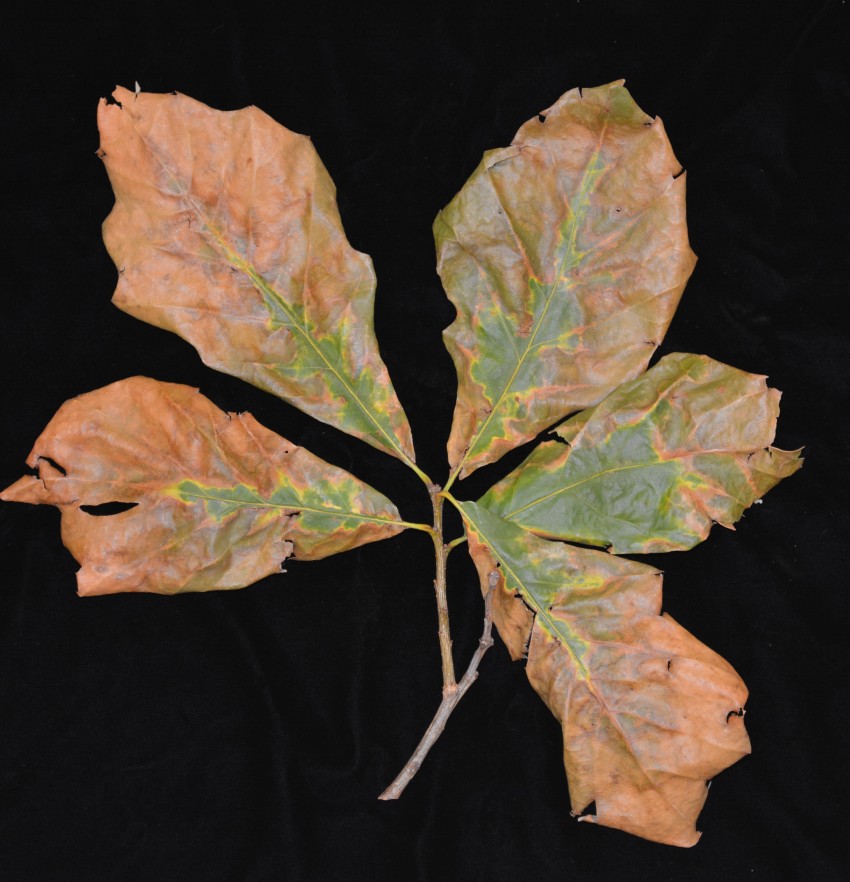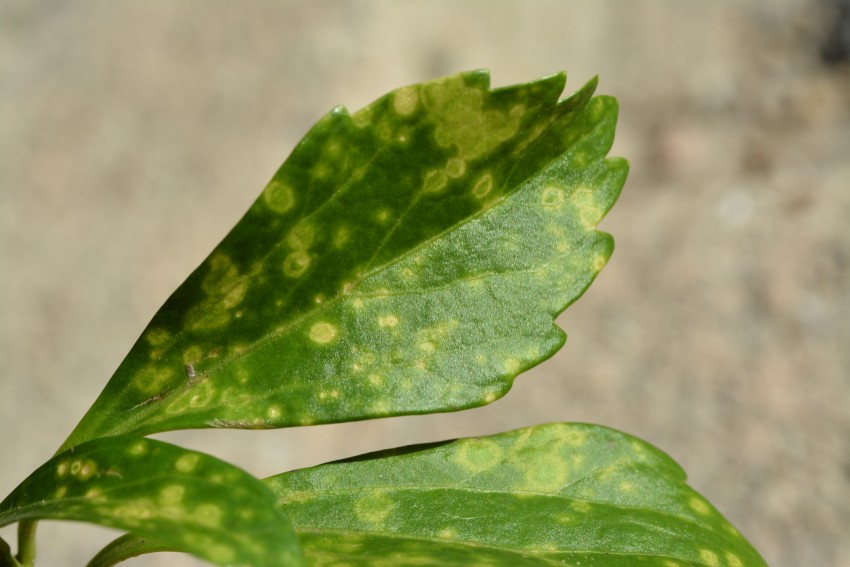What Is Horticultural Oil?
Horticultural oil is a “pesticide” in that it provides an effective way to control insect pests. However, unlike most pesticides, it’s ecologically friendly and non-toxic for you and your pets.
Most horticultural oils are made of highly refined mineral oil that’s combined with an emulsifying agent; this allows the oil to mix with water so it can be used as a spray.
Pests Typically Targeted With Horticultural Oil
Horticultural oil can be an effective and safe treatment for a wide range of immature insects, mites and their eggs, including:
- spruce spider mites/eggs
- southern red spider mites/eggs
- oak spider mite eggs
- aphid eggs
- soft scales
- armored scales (to a lesser degree)
- hemlock rust mites
- ash flower gall
- plant bugs
- lacebugs (on deciduous plants)
- cankerworm eggs
- psyllids
- mealybugs
- leafhoppers
- adelgids
- fungus gnats
- leaftiers
- treehoppers
- sawfly larvae
- non-hairy caterpillars
- webworms
- whiteflies
- beetle larvae (not effective against adult beetles)
How Horticultural Oil Works To Control Insects
Horticultural oil, when applied correctly, coats the entire tree and all pests in a thin layer of oil. This has three effects:
- The oil clogs the spiracles through which insects breathe. As a result, insect pests are smothered and die of suffocation.
- Oil penetrates the soft skin or shell of eggs and immature insects, disrupting cellular function leading to death.
- Horticultural oil creates a layer on the plant surface that sucking insects, like aphids, can’t get through. In the end, they starve.
Horticultural oils tend to dry relatively quickly and leave limited or no residue so they’re only effective for a short time after application (while still in liquid form).
This has both pros and cons. On the plus side, many beneficial insects are fast-moving and will move away from plants that are being sprayed so they tend not to be affected as much as the harmful pests. On the other hand, for some persistent pests, repeated (even weekly) applications may be necessary to ensure complete treatment.
When to Apply Horticultural Oil
Horticultural oils are most effective on young, soft and slow-moving insects and less so on mature insects. Therefore, application should be timed for when insects first appear – you’ll have to keep a close eye on things to gauge when best to apply the oil.
Here in New Jersey, horticultural oils are usually applied during March and April when trees and shrubs are dormant (which is why you’ll often hear the term “dormant oil” used to describe early spring applications of horticultural oil). Timing is everything, as you want the insects/pests to be active but the leaf and flower buds shouldn’t have broken open yet.
It’s also possible to apply dormant oils in fall, usually in September and October.
Lighter-weight horticultural oils can sometimes be applied in summer, although they can’t be applied when the temperature and/or humidity is high (generally above 90F or 90% humidity) as it can damage or even kill plants in those conditions. Plus, trees and shrubs are more likely to be drought stressed during the summer; avoid horticultural oil treatments at that time.
How to Apply Horticultural Oil
The key with any horticultural oil treatment is to ensure complete coverage of ALL parts of the tree or shrub, including the trunk, branches, twigs, buds and any leaves. To be effective, it should be applied until it’s running off all surfaces.
If you have a few small shrubs to treat, you may be able to do it yourself. But for trees and larger properties, it’s best to call in a professional with the proper equipment to get the job done right. Every spot you miss is an opportunity for pests to survive and thrive.

